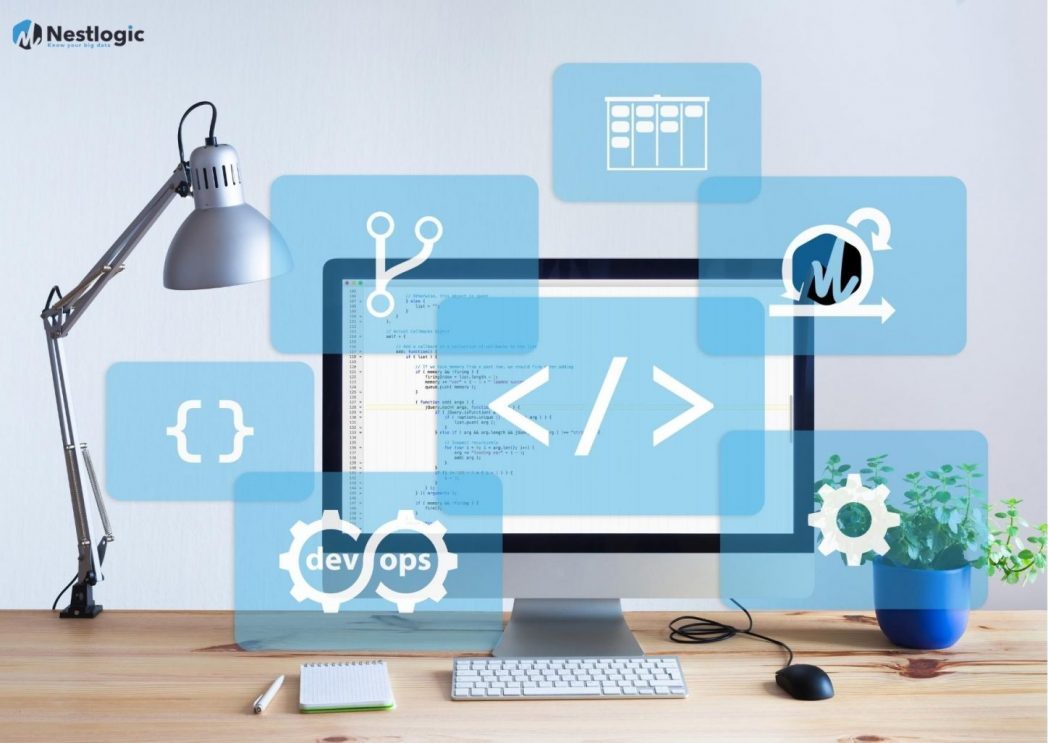
DevOps practices going to Internet of Things
When we need a feature or have a bug on an Android/iOS or desktop application, we can just tap on the “Report error” button which describes what is wrong and receive an update in the near future. It is true for PCs, tablets, smartphones and smart watches but there are also thousands of types of electronic devices that do important things but in most cases don’t have this feature.
In case of industrial electronics which collect temperature, processes sound signals data or control factory process, we might face some difficulties:
- simple interface which have no “Report” so user cannot report about specific problem
- difficult location, for example sensors of weather stations, geothermal activity sensors, smelting plant controllers etc
- network isolation, when security policies not allowed to connect to the global network device, only to local server.
In this case software developers must ensure that device firmware works properly. Despite all firmwares been tested but these devices can have potential security vulnerabilities or additional data processing required for some technological process thus a quick patch is required. Data protection and slow updates are in the security problems top priorities in IoT (https://www.thalesgroup.com/en/markets/digital-identity-and-security/iot/magazine/internet-threats)
For example in 2019 US electric grid was hacked (https://www.wsj.com/articles/americas-electric-grid-has-a-vulnerable-back-doorand-russia-walked-through-it-11547137112)
Benefits and advantages of DevOps practices to IoT:
- monitoring – collect metrics not related to operational data to detect issues in early stages, it can be done with additional controller unit separated from primary MCU
- continuous delivery – use backend application to control devices and update firmware online, for example using cloud provider tools (for example AWS IoT Device Management) if possible, especially for security patches
- continuous feedback – it is very important to receive feedback from end users – operators, engineers and other technical staff because even if good metrics received, end users can see problems with the device.
As a result DevOps practices allow to enhance security, release frequency and even reduce operational costs of updates (https://www.iotworldtoday.com/2021/07/06/assessing-the-advantages-of-devops-for-iot-performance-testing/)
IoT market becomes more interesting for investments year after year (https://iot-analytics.com/2021-global-iot-spending-grow-24-percent/) and companies start to apply DevOps practices to Internet of Things for their clients https://www.geekwire.com/2021/devops-device-fleets-esper-lands-60m-manage-devices-used-retail-healthcare-education/ and https://techcrunch.com/2021/06/29/devops-platform-jfrog-acquires-ai-based-iot-and-connected-device-security-specialist-vdoo-for-300m/.
